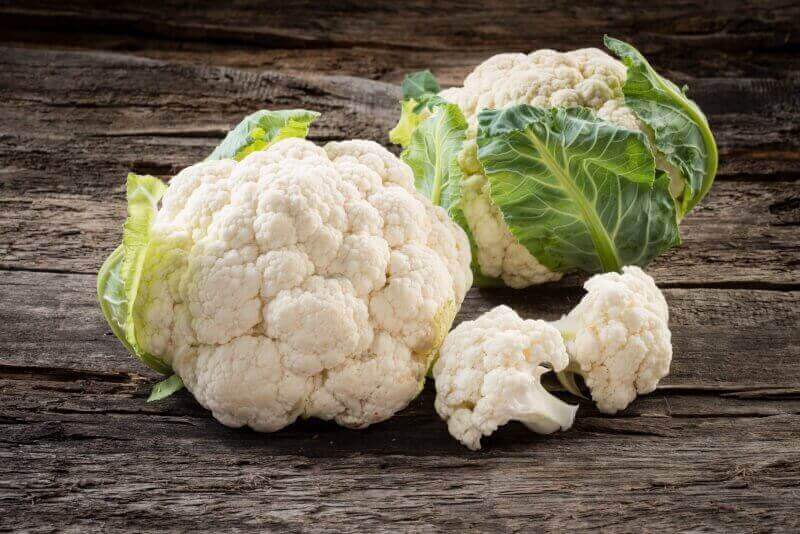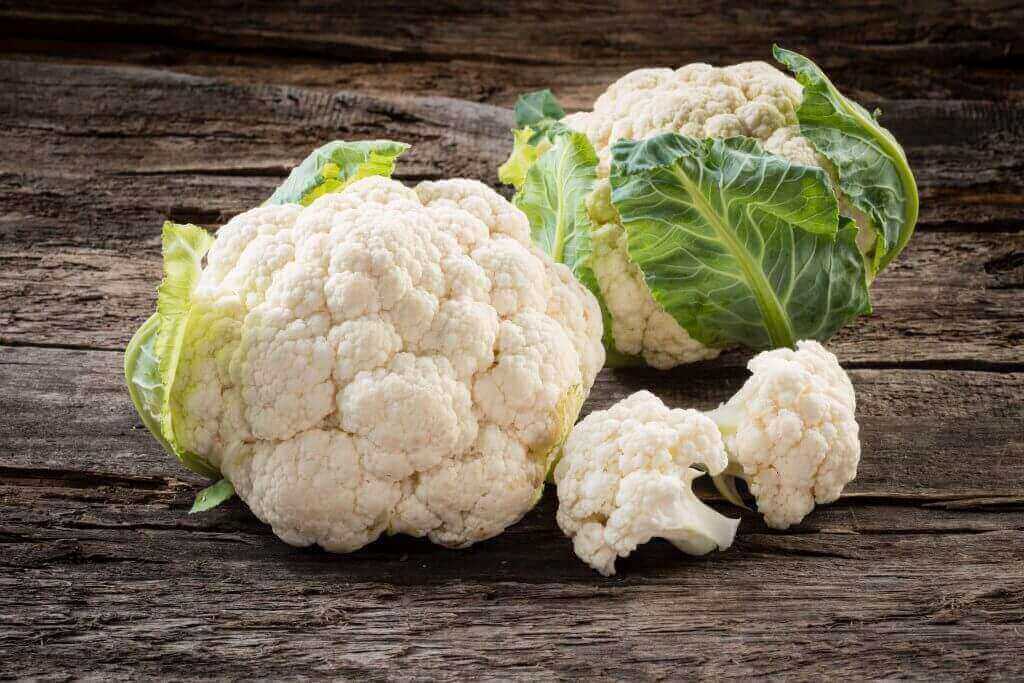Cauliflower is certainly one of the most popular edible vegetables grown in a backyard. Growing from seed is certainly not for the faint of heart! Cauliflower is quite a hardy crop to deal with, as it takes two years for the flowers to come out and set fruit. If you want to know how to grow cauliflower at home, keep reading to find out some of the basics.
Where to Begin Growing Cauliflower:
In growing cauliflower from seed, you’ll definitely need to have your own vegetable garden. The best time to harvest cauliflower from seeds is late summer through early fall. It’s not unusual for crop yields to be up to one hundred pounds per acre during the fall season. Grown in this manner, cauliflower usually only requires two growing seasons and an off-season of about four months.
When growing cauliflower from cuttings or seed, there are a few key things you must consider. First, keep in mind that during the dormant season, your plants won’t need any additional watering. Instead, all watering needs to come from the sun during the growing season. For plants with roots that produce fruit, follow normal watering requirements for most vegetables, but for your cuttings and seedlings you may need to go with less watering.
Secondly, keep in mind that even though you’re growing cauliflower grown in pots, you’ll still need to control temperatures. Many types of crops don’t do well when exposed to extreme temperatures, so you need to pay attention to average temperatures. These should range from eighty to ninety degrees Fahrenheit, depending on the type of crop you’re growing. If you have some concern that your crop will not do well in a particular climate, you can purchase growing lights designed to heat only certain areas of your garden. Otherwise, try to get by without them.
A third issue to take into consideration is whether your planned planting area will allow for root development. If you’re growing broccoli, for example, you can plant it either on the left or right, based on which side of the plant it was bred on. If you’re looking at growing cauliflower from cuttings, you’ll probably want to go with a traditional “right-over-left” planting design. Keep in mind, however, that with plants like broccoli and brassica oleracea var. acnea, there are other considerations.
Summer vs. Fall Growing:
With growing broccoli, the plant develops a deep green color in the early summer and starts turning greenish and white in late summer. By fall, the plants’ leaves have turned a silvery color and the flower heads are coming out in the final weeks of the growing season. At this time of year, you should plan to replant as soon as possible. That’s because by the end of October, the broccoli leaves will be turning colors indicating the start of frost.
If you have plants growing like brassica oleracea var. acnea that aren’t naturally frost resistant, you may need to choose varieties with different cultivars. For example, the types with shorter leaves and deeper green colors tend to do best growing on sunny sites but can tolerate shaded locations. On the other hand, varieties with deeper color leaves and shorter flowers develop best in shady locations.
The fourth issue to consider for growing cauliflower is harvesting. After all, that’s what grows in the garden! When harvesting your crop, don’t pull up before you’re ready. Harvest at a 45 degree angle to ensure root growth. And keep any remaining leaves on the plant to maximize nutrient absorption.
Preparing Your Crop:
To help prepare your crop, there are several weeks of storage options you can use. Keep cucumbers, beets, carrots, spinach and any green vegetables you can on a cold, dark shelf at room temperature. You can store them for up to a month before you need them. This ensures they’re ready when you want them.
Most gardeners find that the biggest headache when growing their favorite vegetables is getting those unopened, overripe, over-baked, slimy heads of cauliflower off the vine. The key to preventing this from happening is proper spacing. When the head is small, it takes less energy to harvest. When the crop is larger, it requires more energy to harvest.
With proper spacing, you can expect to get an abundant crop. Cauliflower varieties grown at various times of the growing season yield more than ones grown in the winter. This is because the crop produced in the winter months is smaller than crop yields in the summer months. When growing cauliflower varieties that are harvested in the spring, the harvest is better than ever.
Visit Todd’s Seeds Youtube channel for answers to all your gardening questions!



You must be logged in to post a comment.